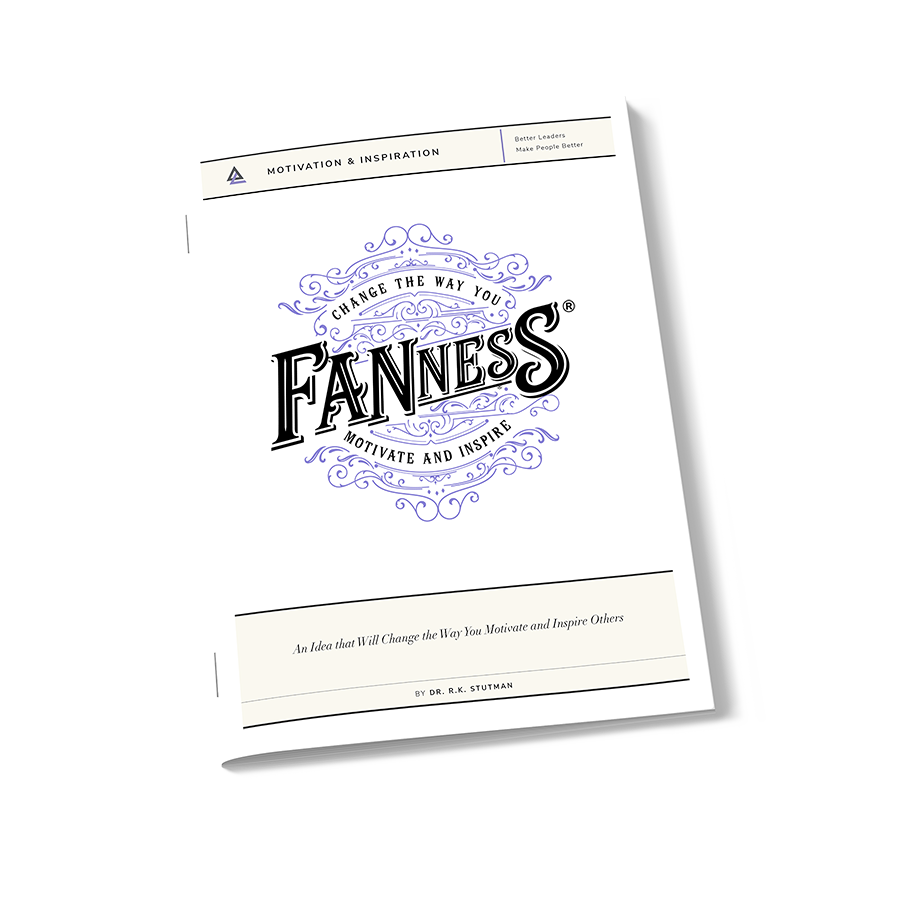Leaders who understand the difference between motivation and inspiration see their role as propelling people toward higher performance differently.
Whereas motivational leaders focus exclusively on spurring people to achieve goals, those who also inspire help them to ignite their inner passion for performing.
Defining the two concepts more precisely will assist leaders in understanding why this matters.
Motivation is anything that compels a person to action. Fueled by what we want or need, we are motivated to attain what we desire or to avoid what we don’t. In that sense, what motivates us pushes us to act.
Inspiration is anything that lights the fire or amplifies the desire to act. The inspirational urge to act is not to gain or avoid outcomes but to behave consistently with our most deeply held values and beliefs.
We pull inspiration from events, experiences, and people that point to the gap between who we are and who we want to be.
For instance, people are motivated to exercise because they want to improve their health, look better, and receive praise from others. They are inspired to exercise after hearing a story that resonates emotionally and suggests they are not living up to their full potential physically.
Good leaders are in the business of both motivation and inspiration.
They motivate people by giving them a reason to take action, pushing them toward goals. And they inspire people by providing the stories, lessons, and feedback that elevate their general desire to excel.
People are motivated by a huge variety of wants and needs, including praise, belonging, status, rewards, responsibility, influence, autonomy, and mastery.
They are inspired by an equally long list of ideas, including higher purpose, challenge, social justice, encouragement, learning, and those who lead by example.
What makes motivation and inspiration so challenging for leaders is the fact that people are very different.
What motivates one person (say, responsibility) can demotivate another person. Whereas some people have a strong need to compete and win, others don’t.
While praise and incentives are somewhat universal in their ability to motivate people, too much of either can rob people of their intrinsic desire to act and make their actions dependent on wanting more of both than leaders can give.
Inspiration faces the same challenge. What inspires one person does not always inspire another.
For instance, some people are deeply inspired by the higher purpose of an organization, wanting to do good things socially, while others couldn’t care less. Asking people to examine their time/value congruency can be hugely inspirational to some, while others find it threatening or a chore.
The job of leadership is to adapt and flex to the differences between people, finding the right push and pull for each person to motivate and inspire them.
Too many leaders overly depend on incentives like compensation to motivate team members, with little attention to other tools or the need to inspire higher performance.
Leaders who motivate by lighting a fire underneath people are never as effective as those who also light the fire within them. Getting the most out of people requires leadership that is both motivational and inspirational.
How dynamic is your leadership?

